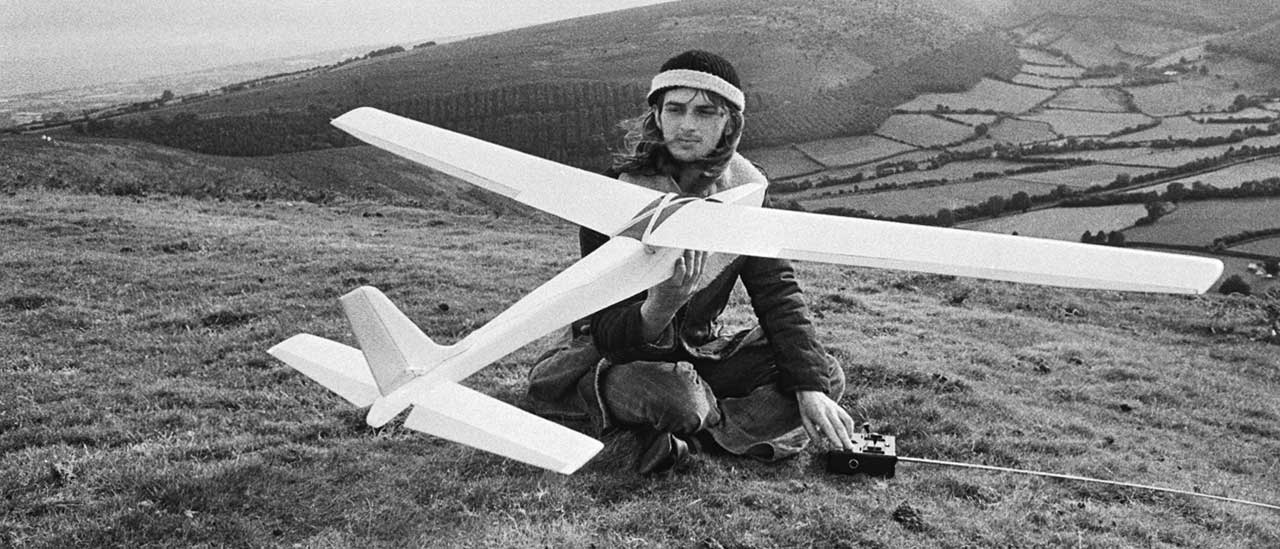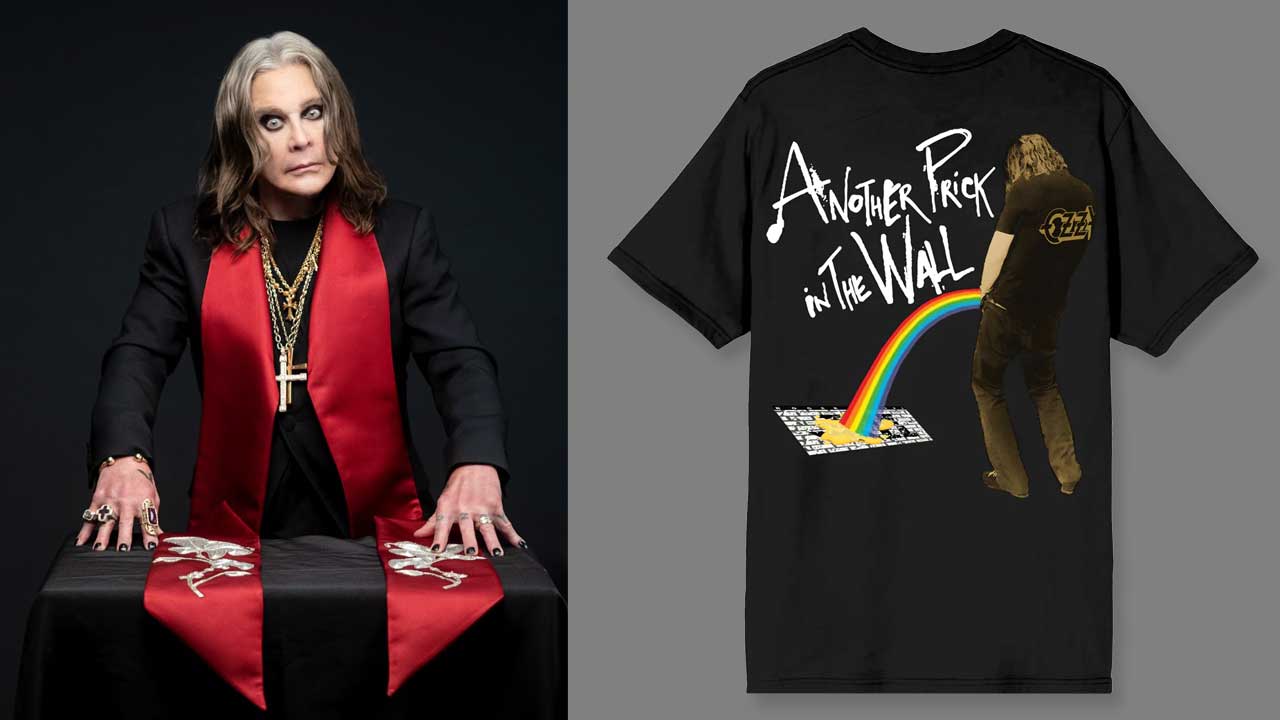You can trust Louder
No pressure, then. In Spring 1974, Mike Oldfield’s debut solo album Tubular Bells was, to the surprise of many, not least its creator, taking over the world as Oldfield, just turning 21, was pushed by his label Virgin (for whom Bells was their first ever album release) to write and record a follow-up in double-quick time. Not a natural look-at-me rock star, and prone to panic attacks, he retreated to the England/Wales border, in the shadow of the hill Hergest Ridge. He flew gliders. Eventually, his subconscious rekindled itself, and he constructed another two-movement tour de force.
Hergest Ridge was received with a mild backlash or shrug, and even though it had a spell at No.1 in the UK it was superseded by its all-consuming predecessor. Yet, half a century on, the difficult second album sounds stronger than its now over-familiar big brother. By accident (the mix was always counter-intuitive, but that gives it an extra dimension) or design (its arc is superior, more fluid), Hergest Ridge is Transformer after Lou Reed. It’s The Godfather 2. It might even be Paddington 2.
Some of that is down to the distracting cultural baggage that Tubular Bells now carries, but most of the magic here comes because a gifted muso decides to do his thing and, in his gentle diffident way, goes nuts. It’s beautiful, pensive and immersive for about 30 minutes, then turns into doolally dynamite. There are passages, layered by instinct not rules, where it’s still impossible to pick out what instrument’s doing what.
If an obscure Krautrock foot soldier had sold three copies of this, it would now be critically acclaimed from multiple rooftops. Plus it doesn’t have any talking on it. Viv Stanshall’s narration on Bells may have amused at first, but has since locked and limited that album, restricting it from acquiring fresh resonances in the imagination. Ridge can still go anywhere it pleases – and does.
Later, Oldfield reckoned it was “half-good”, although he was proud of the whirring, dizzying climax, which oscillates between Meddle-era Pink Floyd and the Dr. Who theme if heard underwater. The haunting refrains of the album’s first half weave their spell more organically than the equivalent themes on his debut.
He remixed it in 2010, giving the murk a touch more clarity without blowing the mystique, and that version (on vinyl for the first time), along with a new Abbey Road half-speed remaster, graces this two-LP anniversary salute. There’s also a deluxe Blu-ray. Whatever the clothing, the lovely, happy-sad Hergest Ridge, which exists outside of time, is a symphonic tonic.
Chris Roberts has written about music, films, and art for innumerable outlets. His new book The Velvet Underground is out April 4. He has also published books on Lou Reed, Elton John, the Gothic arts, Talk Talk, Kate Moss, Scarlett Johansson, Abba, Tom Jones and others. Among his interviewees over the years have been David Bowie, Iggy Pop, Patti Smith, Debbie Harry, Bryan Ferry, Al Green, Tom Waits & Lou Reed. Born in North Wales, he lives in London.
You must confirm your public display name before commenting
Please logout and then login again, you will then be prompted to enter your display name.




